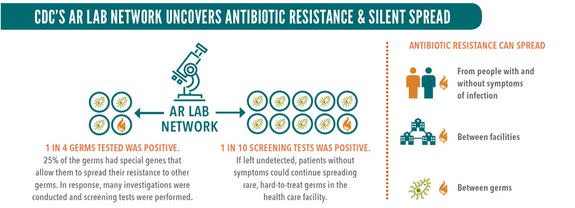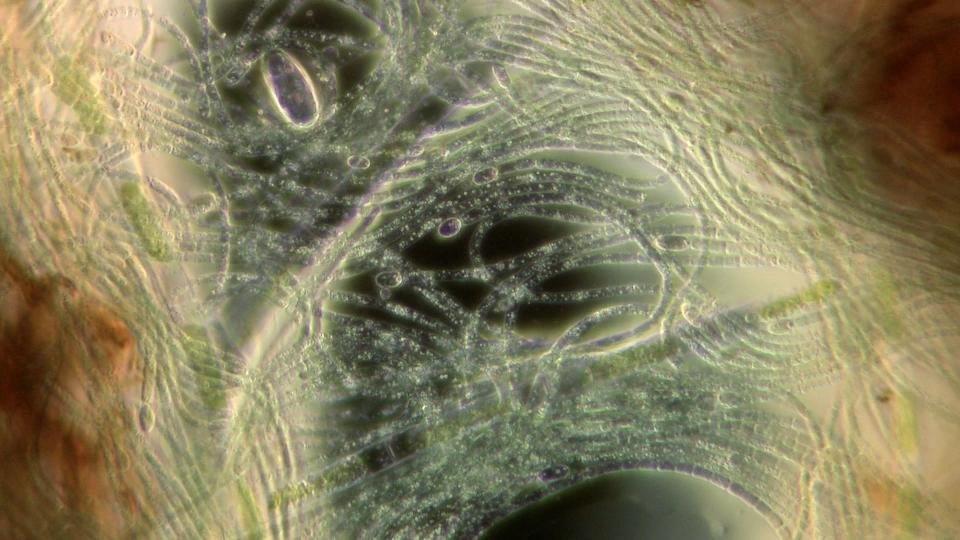We may have a new weapon to fight dangerous superbugs (and we're gonna need it)

There is a version of the near future where antibiotic resistant bacteria become more deadly than cancer.
A study released back in 2016 predicted that, if left unchecked, these types of bacteria could claim more than 10 million lives a year by 2050. Cancer currently kills 8 million people annually.
In the U.S. alone, antibiotic resistant bacteria already kills 20,000 people per year and infects millions more, according to the Centers for Disease Control and Prevention (CDC).
SEE ALSO: In the fight against measles, UNICEF has found an unexpected ally – mobile phones
It’s obvious that something needs to be done to mitigate the potential catastrophe, but so far an answer has been out of reach.
But a team of scientists, led by David Brenner of Columbia University, believes they have found a partial solution, and it’s been hiding in plain sight.
“We’ve known for a long time that UV [ultraviolet] light has the potential to reduce surgical site infections, because UV can efficiently kill all bacteria, including drug-resistant bacteria and even so-called superbugs,” Brenner said in a interview.
However, conventional UV light is a direct health hazard because of its ability to cause skin cancer and other health problems. Because of that, UV's germicidal properties have been largely dismissed until now.
In February, Brenner's team released a study that found a small range within the ultraviolet spectrum that might be safe around humans and also kill at least some harmful bacteria.
According to Brenner and his team, this wavelength is too short to penetrate even the outermost layer of skin while still possessing all the same germicidal qualities as conventional UV light.
If proven safe, the research team envisions three potentially life saving applications of the light.
They hope it could kill “airborne viruses such as influenza, in public spaces,” Brenner said.
Though the light wouldn't be able to fight all diseases, it would be very effective in the battle against more common viruses such as influenza, measles, tuberculosis bacteria, or pandemic-causing viruses like the Asian flu.
A second use would be to reduce surgical site infections, one of the most common ways superbugs spread.
“The idea is to kill [the airborne superbugs] as they float down onto the wound,” he said.
The third way is to disinfect highly susceptible parts of the body, like where catheters are inserted.
It's not a cure-all
While the new research is promising, this type of light doesn’t completely eliminate the superbug threat by any means.
Many of the most deadly superbugs aren’t airborne, CDC infectious disease specialist Alexander Kallen explained.

Image: CDC
"There are always going to be challenges when developing new technology," Kallen said.
Brenner's research could help protect people from their environment, but how do we treat them once they are infected?
"It's just too early to know," he said.
While the battle continues in developing new ways to combat tricky pathogens, groundwork needs to be done to see that we are minimizing infections now.
The CDC is funneling its efforts into providing hospitals with the funding to ensure that all suspected superbugs are tested in a lab, free of charge through what is known as the Antibiotic Resistance Lab Network.
But another really important factor to combating antibiotic resistance is convincing people that something can be done.
“Buy in,” Kallen said. "Before it was, 'We are never going to get rid of AR [antibiotic resistance].' But now people are starting to realize that we can reduce the impact that it has and reduce the mortality rates,."
There is a huge difference between now and eight years ago, and Kallen believes that's because people like Brennan feel empowered to do something.
WATCH: This bacteria could help humans breathe on Mars


